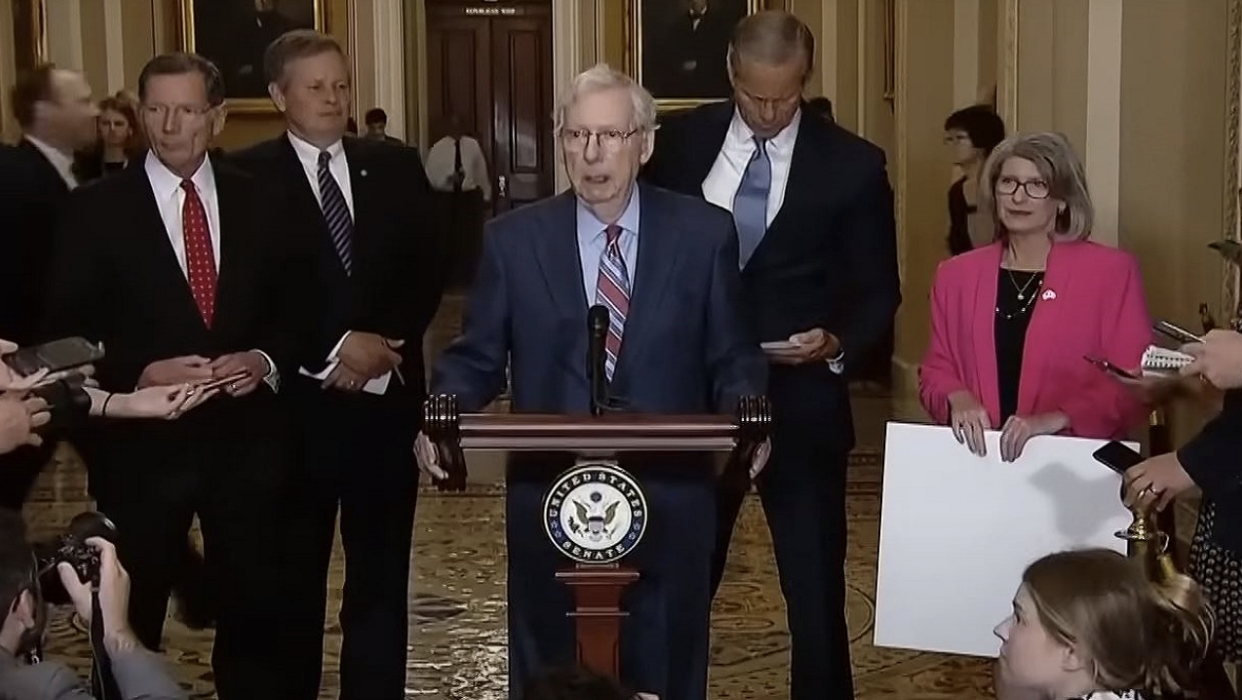A Call to Action for All Students and Faculty
BY: TY DEFRATES
Staff Writer
In recent years, the Board of Trustees (BOT) and Leadership at STLCC have employed various tactics to implement scheduling and program changes, adversely impacting veterans, students, and faculty. These changes, framed as data-driven decisions, have subtly limited student choices and funneled them into courses, modalities, and timings that benefit the institution but reduce student choice.
One of the concerning strategies is confirmation bias, where data collected over several years on student preferences, course selections, program changes, dropouts, and graduation rates have been influenced by STLCC leadership to justify these decisions. The school uses a scheduling task force that limits options and funnels students into the course the school wants, then, operating in real-time, adjusts course openings and schedules, often at the expense of stakeholders like veterans, students, and faculty.
A recent presentation at the October Board Meeting revealed a concerning trend: decision-making heavily relies on scheduling data from the past four years, including three years of pandemic-affected data and one year under the scheduling task force’s influence. This limited dataset, controlled entirely by STLCC leadership, skews the outcomes favoring courses the institution wishes to succeed.
When you ask leadership about the details, there is never a pattern of consistency and transparency. In the BOT, the presentation said four years, and when questioned by Managing Editor Jacob Politte, it turned to five years. They give opinions and excuses that are never backed by data and facts. If they make these decisions on the proper data, why do they consistently never give the public the data to evaluate. We are discussing leadership at a higher education institution with advanced degrees, and they cannot provide the data they are making decisions on. When questioned about the information, they change the details to protect the validity of their decision. If it was truly based on facts and data, it should be consistent and verifiable. When a lie is told, lies have to continue to protect the lie.
Initiatives like Pathways and Meta Majors, designed to streamline education, have restricted choices, affecting student’s choice to explore programs and interests to help students find their future path. College Leadership will argue that Pathways and Meta Majors help students get through programs without taking extra courses they do not need, which should deliver optimized completion time, reduced school debt, hireability, and higher course acceptance when transferring to a four-year college.
When the school mentions guaranteed course transfers, they are only committed to Missouri-based four-year schools. If transferring out of state, some courses will transfer, but there is no guarantee they will. When looking at a program like Humans Services or the Addiction Studies certification program, most courses do not transfer to higher education institutions. One of those reasons is the courses and subjects they cover are typical 100 and 200-level classes, and when going for a bachelor’s or Master’s, the 100 and 200-level classes have to be retaken at the 300, 400, or Master’s level. They do have agreements with Missouri colleges, especially the local schools. The local schools can be more expensive, and even though there are agreements in place, there are still some courses that do not transfer.
Leadership uses the narrative of Pathways, Meta Majors, transferability, and other ideas and frameworks to justify and promote the benefits of their decisions. They then use the scheduling process and shape the data to further their position. The process and data are not transparent or public for further research and confirmation. This leads to questions about the integrity of leadership and their reasons for course cancellations and program changes. When trying to get more information and understanding, there are cracks in their justifications.
For example, the filmmaking course. It was classified as a guaranteed transfer course, so if it is transferable, then why was it eliminated starting in the spring semester? When the Leadership gives all their reasons for eliminating it, the only reason that comes close to being valid might be course enrollment numbers. Still, even that reason could be invalid because Leadership has put its thumb on the scale to impact enrollment.
Think back to when registering for courses, the courses that are wanted or needed, and how many choices are available. Hopefully, there are a few options to select from. In other classes, there might be a couple or just one offering. These limited offerings might require attending a different campus, taking online, or a faster-paced 8-week or 12-week term.
Veterans, in particular, are severely affected by these changes. The school’s control over course offerings, terms, and modalities directly impacts veterans’ ability to qualify for their Basic Housing Allowance (BHA) benefits. The policy of “Rate of Pursuit” under the GI Bill, crucial for veterans’ education benefits, clashes with the institution’s scheduling choices. Veterans are left with a shortfall in benefits, leading to financial strain, potential dropouts, or unexpected loans.
When veterans seek clarification from relevant authorities, they are met with assurances that everything is correct, blaming external entities like the VA. However, the root cause lies within the institution’s course selections and scheduling policies.
The issues that impact Veteran’s benefits and scheduling were brought to Leadership and the BOT in October 2022 just to be told there was no problem. The issue caused Veterans to lose thousands of dollars in benefits to help pay for housing, food, and transportation. Instead of advocating and assisting Veterans, they spent more time making excuses and denying the issue. It has been over a year, and they still need to solve the problem. If a Veteran needs to get the entire BHA, which is $1,911 a month for the 2023-24 school year, it is almost impossible to get the full benefit if they take a 12-week course. Their band-aid fix was to train student success advisors on the issues with 12-week courses and other term courses affecting the “Rate of pursuit.” I have talked to Veterans who have confirmed that did not happen. There are multiple issues with their band-aid fixes. There is a high turnover of employees and a lack of training, and they still need to fix the root cause. They are back to just saying this is all we can do, and the Veteran still suffers.
Veterans also need to have at least one in-person course, and if they do not, they are considered online students, and the BHA automatically gets cut in half. Yet, the school only offers specific courses online with no in-person option. The school has the opportunity to provide Hi-flex courses that qualify for in-person classes but are offered less often to be a benefit for Veterans. For the summer semester, I successfully got them to add a Hi-flex course, but they only added it weeks after registration opened. So, the majority of the students enrolled in the only course that was offered online. The Hi-flex course did get some registered, but more was needed to provide the course, so they canceled it. If they had offered the Hi-flex as the only option, as they did for the original online course, everyone would have been forced to sign up for the Hi-flex.
Scheduling also affects faculty and the school’s choice to use more adjunct staff vs. full-time faculty. This strategy only helps the organization instead of helping student satisfaction and scheduling. If the school would commit to hiring more full-time faculty to have longer-tenured professors, it should help with satisfaction and scheduling issues. The BOT and Leadership are directly responsible for the problems they caused and current policies.
It’s imperative for all students, not just veterans, to comprehend the far-reaching consequences of these scheduling changes. By understanding the impact on their peers, the diverse student body can unite in raising their voices against these policies. It’s time to challenge the status quo, demand transparency, and ensure that scheduling decisions genuinely prioritize the welfare and choices of the students, veterans, and faculty who form the backbone of STLCC.
Let’s stand together, advocate for our rights, and demand an education system that truly serves its students.












